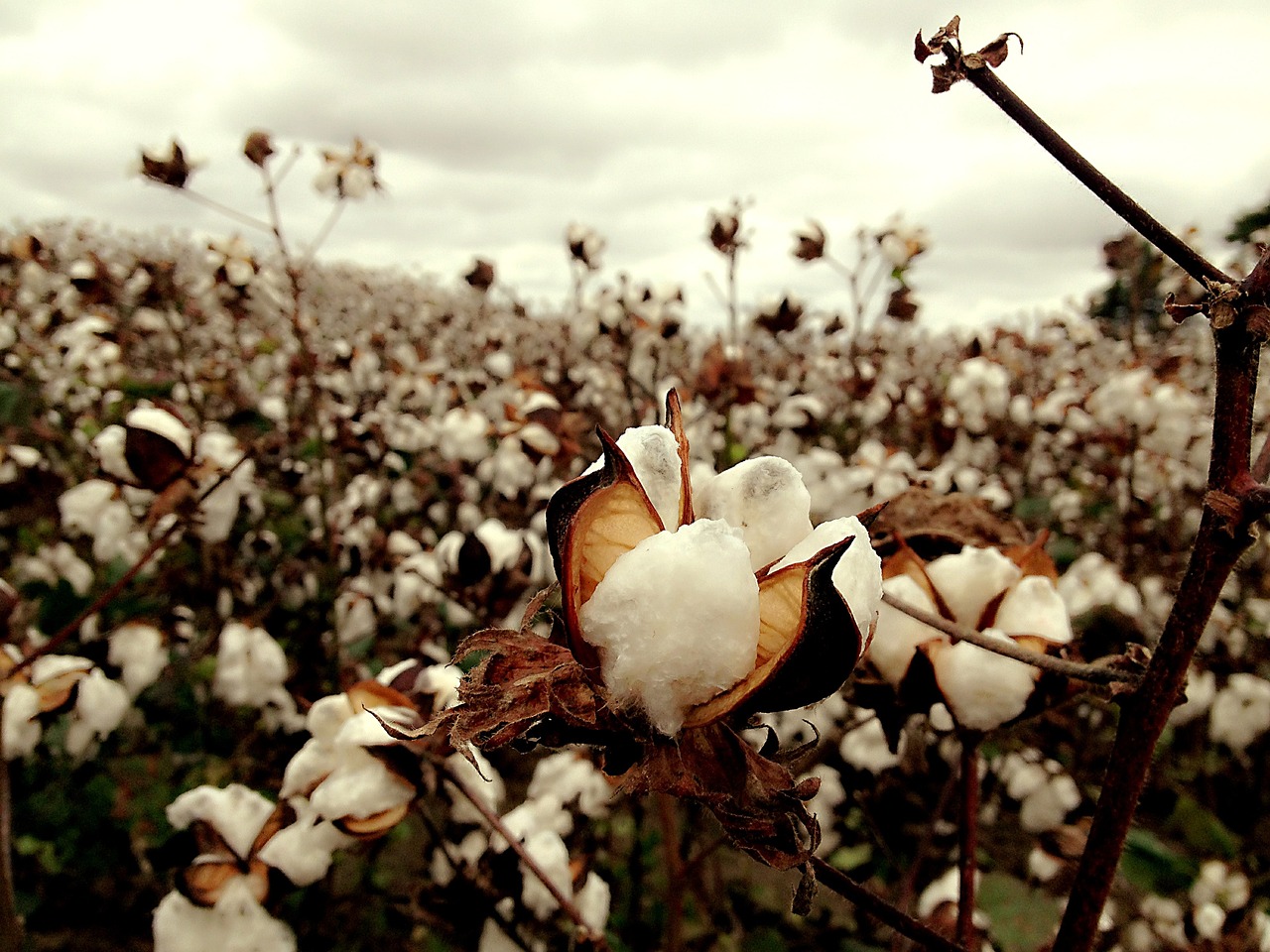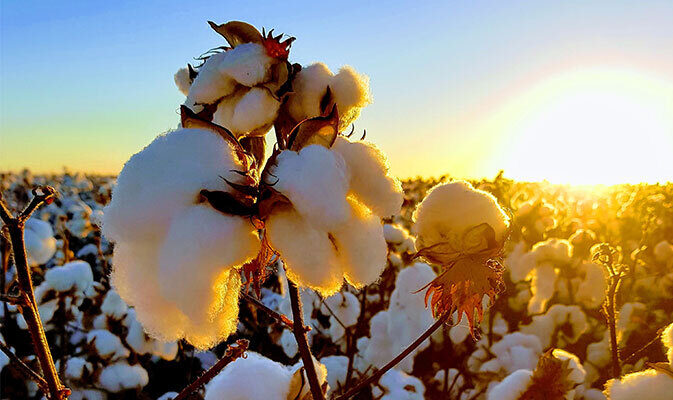Export controls may be put in place for broken rice, which is utilised for both human consumption and as animal feed. According to sources, the restriction of enforcing an export tax is being taken into consideration.In the past few months, the price of broken rice in India has increased by about Rs. 3 per kg to Rs. 25 per kg. The poultry business mostly uses broken rice as feed, and it is also used to make ethanol.
According to trade projections, broken rice shipment will account for 20% or so of the 17 million tonne (MT) total non-basmati rice export in 2021–22.Most broken rice is sold to China, where it is used as animal feed, although it is also imported for human use by African nations like Senegal.
The USDA has forecast that India’s anticipated exports will exceed the combined shipments of the following three major exporters, Thailand, Vietnam, and Pakistan, despite the fact that the country has enormous quantities of exportable rice and very competitive rates. According to the USDA, India’s rice output in the crop year 2022–2023 may fall to 128.5 MT mostly due to a lack of monsoon rainfall, particularly in the eastern regions. This is the first decrease in rice production in India since 2015–16, according to the statement.
The USDA predicted that India would consume 108.4 MT of rice domestically between 2022 and 2023. In the crop year of 2021–22 (July–June), India produced a record 130.29 MT of rice, up nearly 5% from the crop year before. India exported more than 17 MT of non-basmati rice out of the 21 MT of rice that was sent in 2021–2022; the remaining amount was made up of aromatic, long-grain Basmati rice. Bangladesh, China, Benin, and Nepal are the top five countries in terms of volume.

